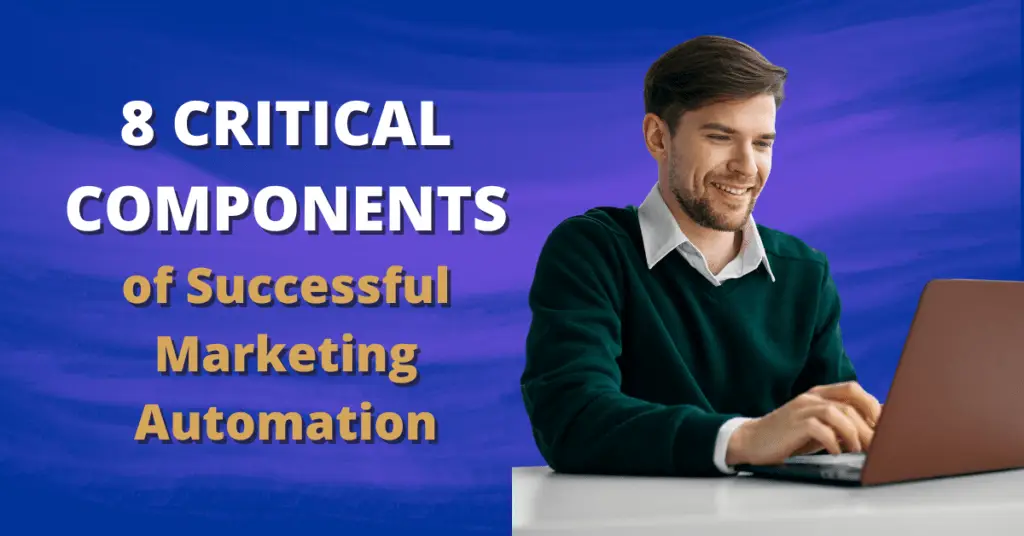
Marketing automation has transcended its early beginnings in the 1990s, becoming a staple in the modern marketer’s toolbox. It allows marketing teams to streamline or automate time-intensive marketing tasks and focus instead on overall strategy and engagement.
But marketing automation is not a “set it and forget it” solution. It requires initial setup and ongoing maintenance to truly provide the benefits your team needs. Today, we’re looking at eight pivotal steps and considerations for your marketing team to implement automation effectively.
- Goal setting with precision: Kickstart your journey by defining clear, attainable objectives. Utilize the S.M.A.R.T. (Specific, Measurable, Attainable, Relevant, and Timely) framework to outline your marketing automation goals. Whether it’s increasing lead generation by a certain percentage or enhancing customer engagement through personalized campaigns, having concrete goals will guide your automation efforts.
- Exploring marketing automation solutions: With a plethora of available tools, it’s crucial to research which marketing automation software aligns with your business needs. This exploration should not only focus on the functionalities, but also on how they integrate with your existing systems and workflows.
- Data hygiene practices: Prior to automation, ensure your data is clean and organized. This involves eliminating duplicate entries, correcting inaccuracies, and establishing a consistent data management protocol. Well-maintained data is the bedrock of effective marketing automation, enabling more personalized and targeted campaigns.
- Strategic implementation planning: Implementing your first, or transitioning to a new marketing automation system, should be approached with a detailed plan. This includes selecting the right platform, integrating it with your current systems, and mapping out how different marketing processes will be automated. A phased approach helps minimize disruptions and allows for adjustments along the way.
- Sales and marketing alignment: The success of marketing automation is not solely in the hands of marketers. It also requires close collaboration with sales teams. This collaboration ensures that the automated marketing efforts are in sync with sales objectives, leading to more qualified leads and better conversion rates.
- Creating a deployment timeline: Implementing marketing automation should be done gradually, focusing on one or a few aspects at a time. This could mean starting with automating email marketing campaigns before moving on to social media or content marketing automation. A structured timeline helps in managing the transition smoothly.
- Training and empowerment: Ensuring your team is well-versed with the new tools is essential. Comprehensive training sessions on using the marketing automation software, understanding its features, and best practices will empower your team to make the most of the technology.
- Ongoing evaluation and optimization: Finally, constantly monitor and evaluate the performance of your marketing automation efforts. Use analytics to measure success against your predefined goals and make data-driven decisions to refine and improve your strategy.
Leveraging Marketing Automation in Your Company
In the landscape of digital marketing, staying informed and adaptable is key. Harnessing the power of automation allows your team to not only streamline operations, but also create more engaging, personalized customer experiences.
But without a starting point or foundation knowledge, getting started with marketing automation can be tricky. Luckily, you don’t have to do it alone. Our team of marketing experts can help. Contact us today for a call.






